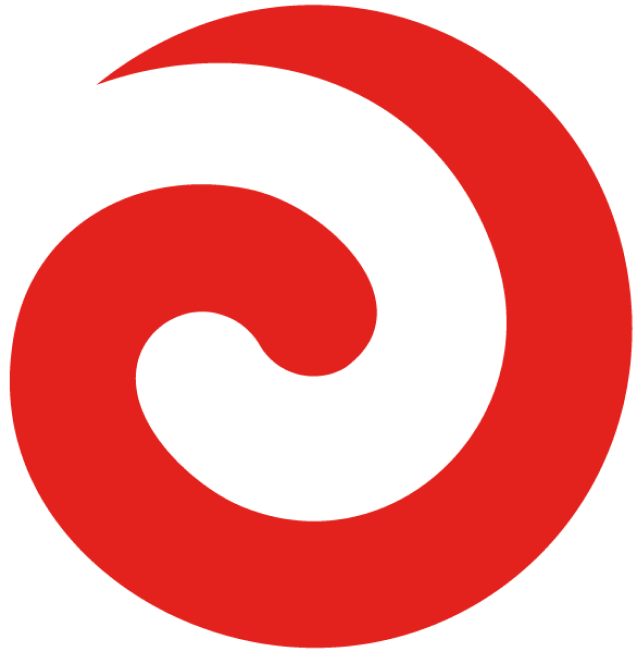Although the Irish language has been compulsory in schools since 1922, It wasn’t until the past 30 years that the language flourished.
That’s according to TG4 television director Alan Esslemont, one of the attendees at the World Indigenous Content Conference Hawaikirangi, which took place in Manukau this week: “It’s the best conference I’ve been to in five years and the amount of information I got out of it was fantastic.”
Esslemont says people from a young age are becoming increasingly more engaged in the Irish language and the TG4 network is prioritising content that appeals to a broader audience.
“In the last census, 1.9 million people said that they could speak Irish; 600,000 people said they could speak it well or very well.
The Irish language, also known as Irish Gaelic or Gaeilge, has a rich history dating back over 2,000 years, evolving from the ancient Celtic languages spoken by some of Ireland’s early inhabitants. Despite periods of decline and suppression, particularly during British colonial rule, efforts to preserve and promote the language led to its resurgence as a vibrant part of Ireland’s cultural heritage.
An example of TG4′s role in the language revitalisation efforts is the movie The Quiet Girl, which was nominated for best international film at the 2023 Oscars .
“So this time last year, we were in Los Angeles for the first time with an Irish language film. And that is the kind of thing that drives the status of the language and makes people say ‘Wow that’s cool. I want to be a part of that club’.”


